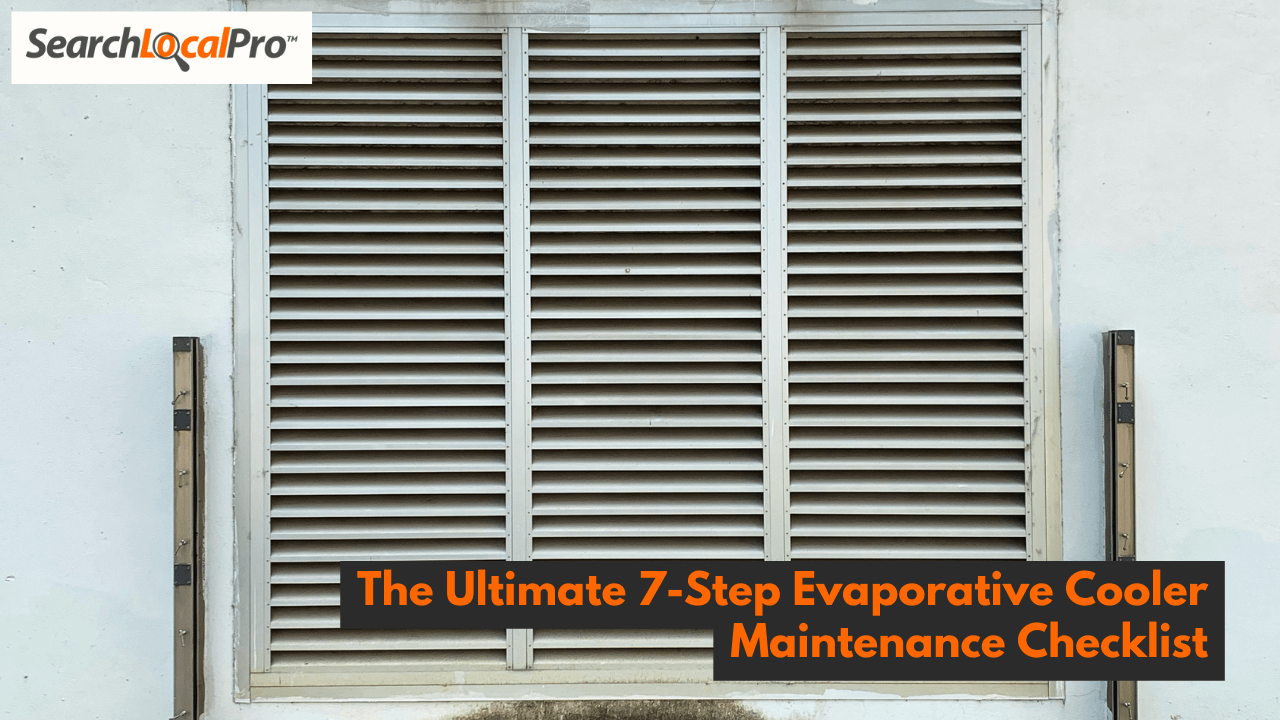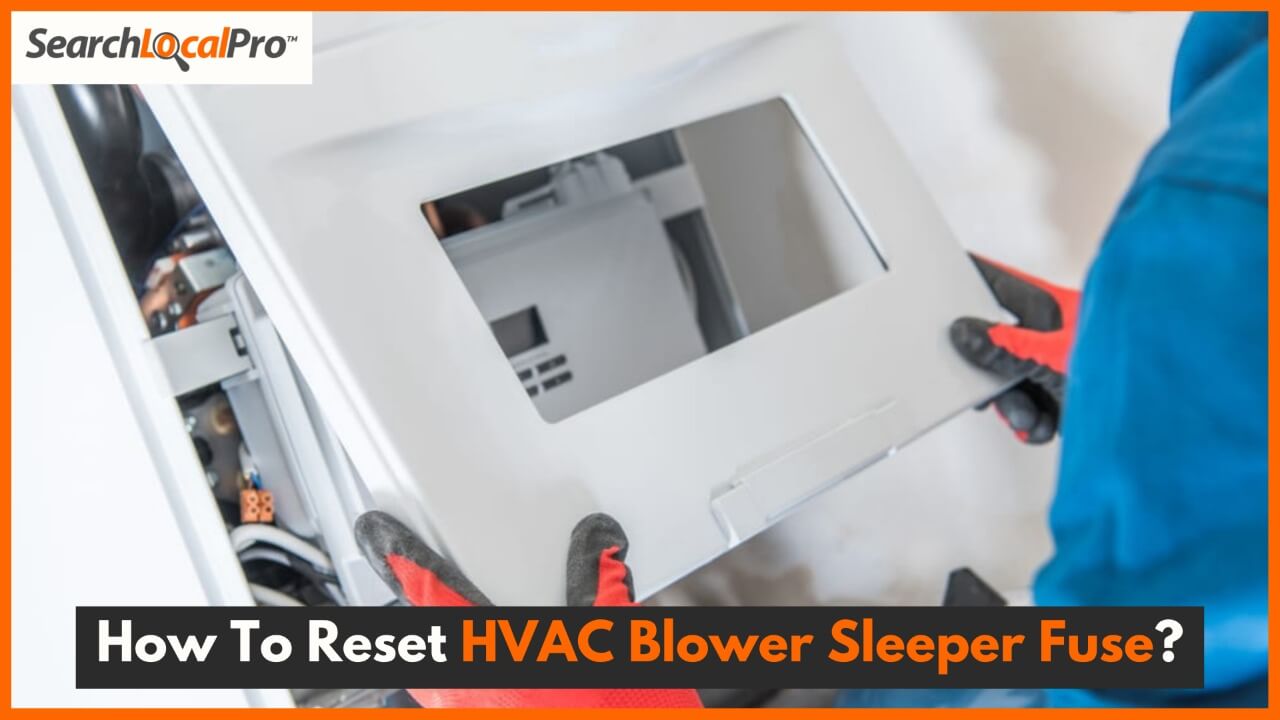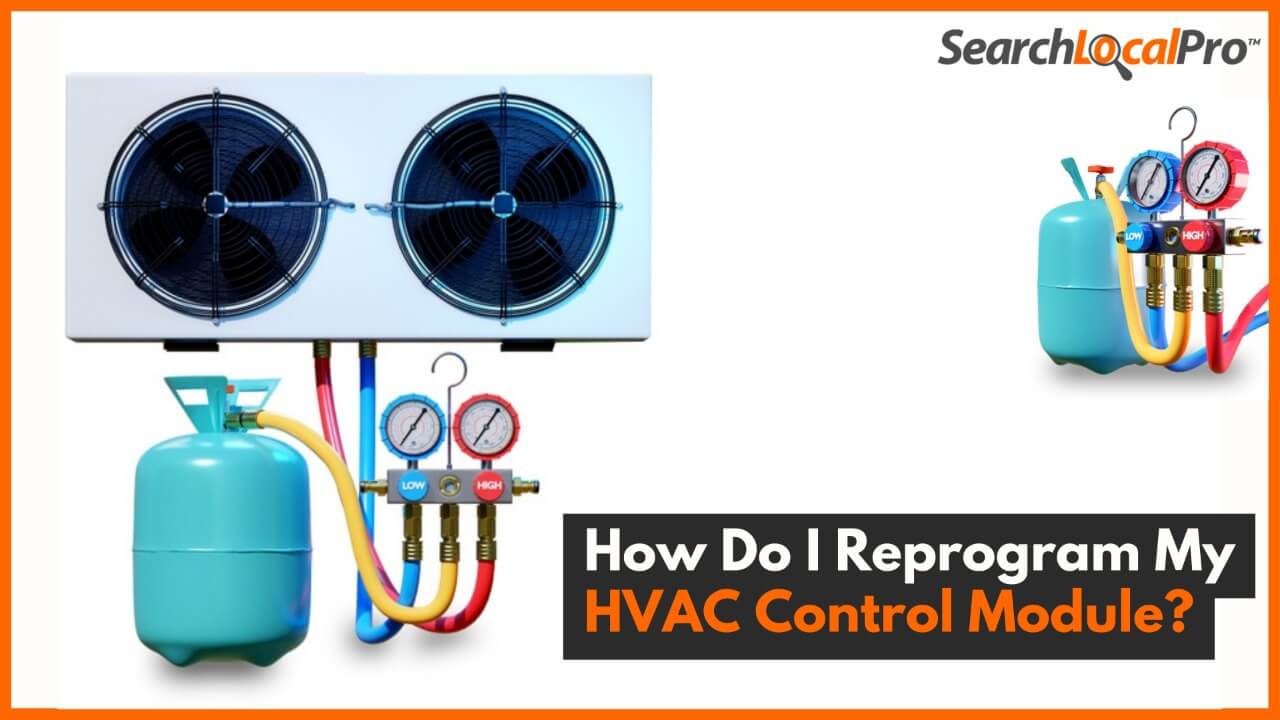Evaporative coolers, also known as swamp coolers, are a cost-effective and environmentally friendly way to keep your home cool. Unlike traditional air conditioners, they use water and a simple evaporative process to lower the temperature. However, like any other appliance, they require regular maintenance to function efficiently and prolong their lifespan. This article provides a comprehensive “Evaporative Cooler Maintenance Checklist” that ensures your cooler remains in top condition. With our expert tips, you’ll learn how to maintain your evaporative cooler, prevent common issues, and enjoy a cool and comfortable environment all year round.
1. Understanding Evaporative Coolers
Before diving into the maintenance checklist, it’s essential to understand how evaporative coolers work. Unlike conventional air conditioning systems that use refrigerants, evaporative coolers use the natural process of water evaporation to cool the air. They are particularly effective in dry climates where humidity levels are low. By drawing warm air through water-soaked pads, the cooler reduces the air temperature and releases cool air into your living space.
2. Why Regular Maintenance is Crucial?
Regular maintenance of your evaporative cooler is crucial for several reasons:
- Efficiency: Proper maintenance ensures the cooler operates efficiently, providing maximum cooling at a lower energy cost.
- Longevity: Regular upkeep can extend the life of your cooler, saving you money on repairs and replacements.
- Air Quality: Clean components prevent mold and bacteria growth, ensuring healthier indoor air.
- Cost Savings: A well-maintained cooler reduces energy consumption, leading to lower utility bills.
Now, let’s explore the detailed “Evaporative Cooler Maintenance Checklist” to keep your unit in optimal condition.
3. Evaporative Cooler Maintenance Checklist
3.1. Inspect and Clean the Cooling Pads
Cooling pads are the heart of the evaporative cooler. They are responsible for absorbing water and facilitating the evaporation process. Over time, these pads can become clogged with minerals and debris, reducing their efficiency.
Steps:
- Turn off the cooler and disconnect the power supply.
- Remove the cooling pads and inspect them for signs of wear or clogging.
- If the pads are in good condition, clean them with a mixture of water and mild detergent.
- Rinse thoroughly and allow them to dry before reinstalling.
- If the pads are damaged or excessively clogged, replace them with new ones.
Tip: It’s advisable to replace cooling pads at least once a year to maintain optimal performance.
3.2. Clean the Water Reservoir and Pump
The water reservoir and pump play a crucial role in circulating water through the cooling pads. A dirty reservoir can lead to algae and bacteria growth, compromising the air quality.
Steps:
- Drain the water reservoir and remove any debris or sediment.
- Use a soft brush and a mild detergent to clean the reservoir walls and bottom.
- Rinse thoroughly and refill with clean water.
- Inspect the pump for any signs of wear or blockages.
- Clean the pump components and ensure proper water flow.
Tip: Adding a water treatment solution can help prevent mineral buildup and improve the longevity of the pump.
3.3. Check the Motor and Fan Assembly
The motor and fan are responsible for drawing air through the cooling pads and distributing it throughout your home. Ensuring they are in good working condition is vital for efficient cooling.
Steps:
- Turn off the cooler and disconnect the power supply.
- Inspect the motor and fan for any signs of wear, corrosion, or damage.
- Clean the fan blades to remove dust and debris.
- Lubricate the motor bearings if necessary.
- Check for any loose connections or wiring issues.
Tip: If you notice any unusual noises or vibrations, it may indicate a problem with the motor or fan assembly that requires professional attention.
3.4. Check and Replace the Belt (if applicable)
Many evaporative coolers use a belt-driven system to operate the fan. Over time, the belt can wear out or become loose, reducing the cooler’s efficiency.
Steps:
- Turn off the cooler and disconnect the power supply.
- Inspect the belt for signs of wear, cracks, or fraying.
- If the belt is worn, replace it with a new one.
- Adjust the tension of the belt to ensure it is not too loose or too tight.
Tip: A well-adjusted belt should have about 1/2 inch of play when pressed in the middle.
3.5. Ensure Proper Water Distribution
Even water distribution across the cooling pads is crucial for optimal cooling. Uneven distribution can lead to dry spots on the pads, reducing their efficiency.
Steps:
- Turn on the cooler and observe the water distribution system.
- Check for clogged or misaligned water distribution tubes.
- Clean the tubes and nozzles to ensure even water flow.
- Adjust the water flow rate as needed.
Tip: Regularly checking the water distribution system can prevent dry spots and ensure consistent cooling.
3.6. Inspect the Float Valve and Water Supply Line
The float valve and water supply line regulate the water level in the reservoir. A malfunctioning float valve can cause the reservoir to overflow or not fill properly.
Steps:
- Inspect the float valve for proper operation.
- Check the water supply line for any leaks or blockages.
- Adjust the float valve to maintain the correct water level.
Tip: A properly functioning float valve is essential to prevent water wastage and ensure efficient cooling.
3.7. Seasonal Shut-Down Checklist
At the end of the cooling season, it’s essential to prepare your evaporative cooler for winter storage. Properly shutting down the unit prevents damage and ensures a smooth start-up in the next season.
Steps:
- Drain the water reservoir completely.
- Clean and dry the cooling pads, water reservoir, and pump.
- Disconnect the power supply and remove the belt (if applicable).
- Cover the cooler with a weatherproof cover to protect it from the elements.
Tip: A thorough seasonal shut-down can extend the life of your cooler and reduce maintenance needs in the spring.
Get a Quote For Professional Service
4. Additional Tips for Efficient Evaporative Cooler Operation
Maintaining your evaporative cooler is not just about following the checklist; it’s also about adopting best practices for efficient operation.
- Regular Inspections: Schedule regular inspections to identify and address issues before they become major problems.
- Use High-Quality Water: Using high-quality, low-mineral water can reduce mineral buildup and prolong the life of the cooler.
- Ventilation: Ensure proper ventilation in your home to allow the cooler to work efficiently. Open windows and doors to create a cross-breeze.
- Humidity Control: Use your evaporative cooler during dry conditions. In high humidity, the cooling effect is less effective.
5. Conclusion
Maintaining an evaporative cooler may seem like a daunting task, but with this comprehensive “Evaporative Cooler Maintenance Checklist,” it becomes manageable and straightforward. By following these steps, you can ensure your cooler operates efficiently, providing you with cool and refreshing air throughout the hot season. Regular maintenance not only enhances the performance of your cooler but also extends its lifespan, saving you money in the long run.
Remember, a well-maintained evaporative cooler is not just an investment in your comfort but also in your health and well-being. With clean air and efficient cooling, you can enjoy a pleasant indoor environment even during the hottest days.




